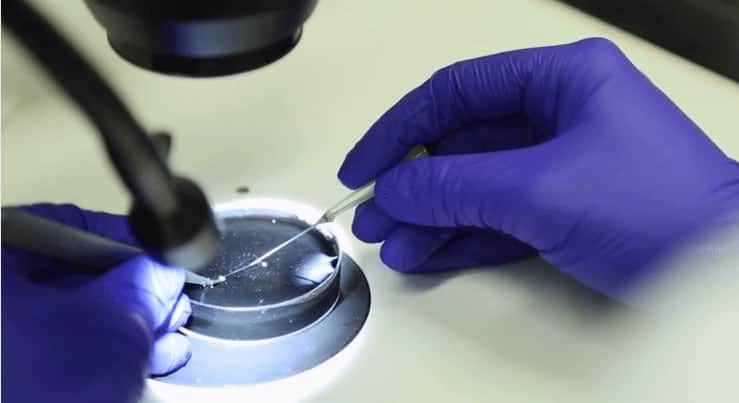As you can imagine, life is not very complicated for sea slugs. They use their brains mainly to find food, avoid becoming food and to reproduce. While the human brain and nervous system are wired with hundreds of billions of nerve cells, or neurons, sea slugs can get by with tens of thousands.
Ironically, sea slugs can tell us a lot about the chemistry of the human brain and nervous system. In fact, they are ideal as study subjects for research on learning, memory and how neurons control behavior because sea slugs’ neurons form well defined and relatively simple neuronal networks and because they are surprisingly large, giving researchers more material to work with, according to analytical chemist Jonathan Sweedler.
With support from the National Science Foundation (NSF), Sweedler and his team at the University of Illinois are working to develop new measurement tools that enable insights into the function of individual cells in the central nervous systems of slugs and other animals in order to uncover novel neurochemical pathways. In addition to learning more about the chemistry, the team is also discovering molecules that were previously unknown. Ultimately, Sweedler says learning how to turn specific chemicals in the brain on and off could lead to new methods for diagnosing and treating chronic pain, drug addiction and neurological diseases.
The research in this episode was supported by NSF award #1111705, Bioanalytical Characterization of D-Amino Acids in the Brain.
If our reporting has informed or inspired you, please consider making a donation. Every contribution, no matter the size, empowers us to continue delivering accurate, engaging, and trustworthy science and medical news. Independent journalism requires time, effort, and resources—your support ensures we can keep uncovering the stories that matter most to you.
Join us in making knowledge accessible and impactful. Thank you for standing with us!

